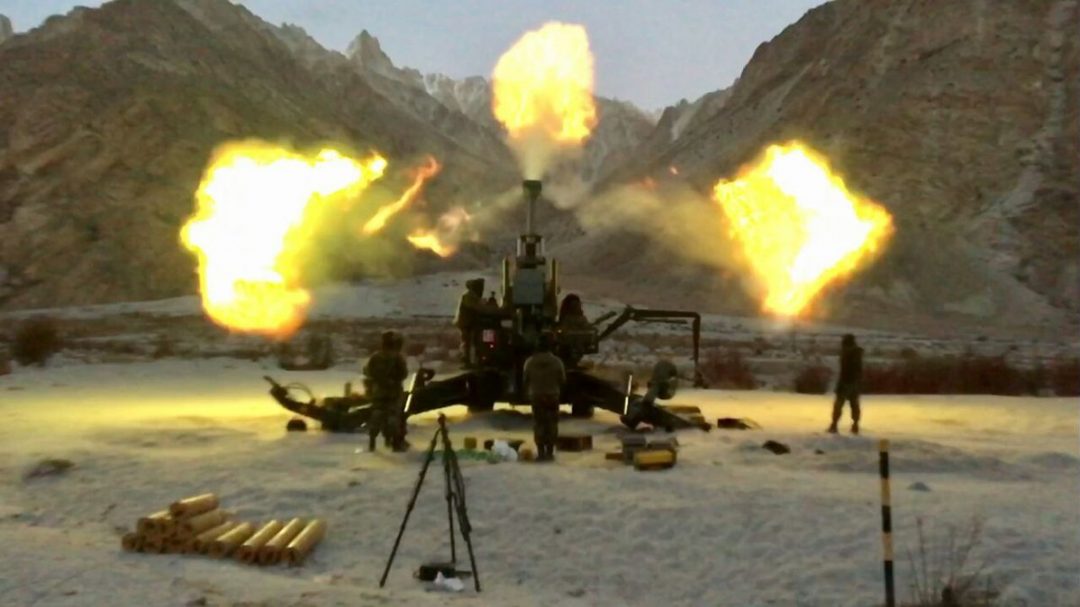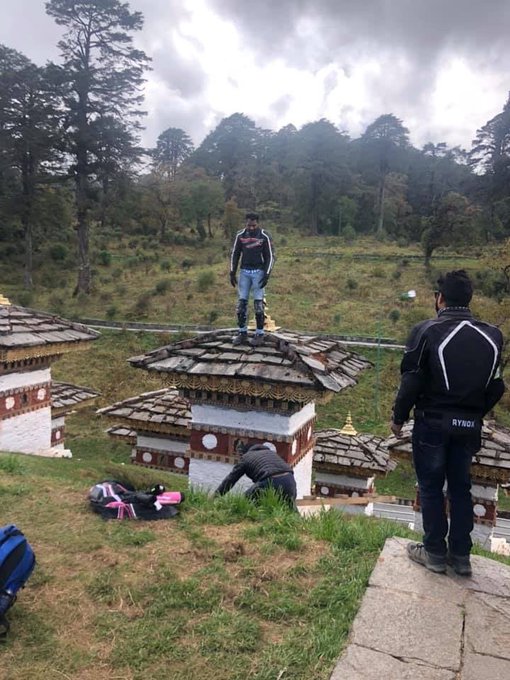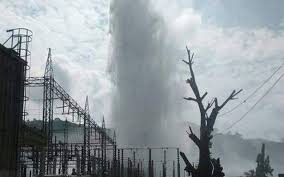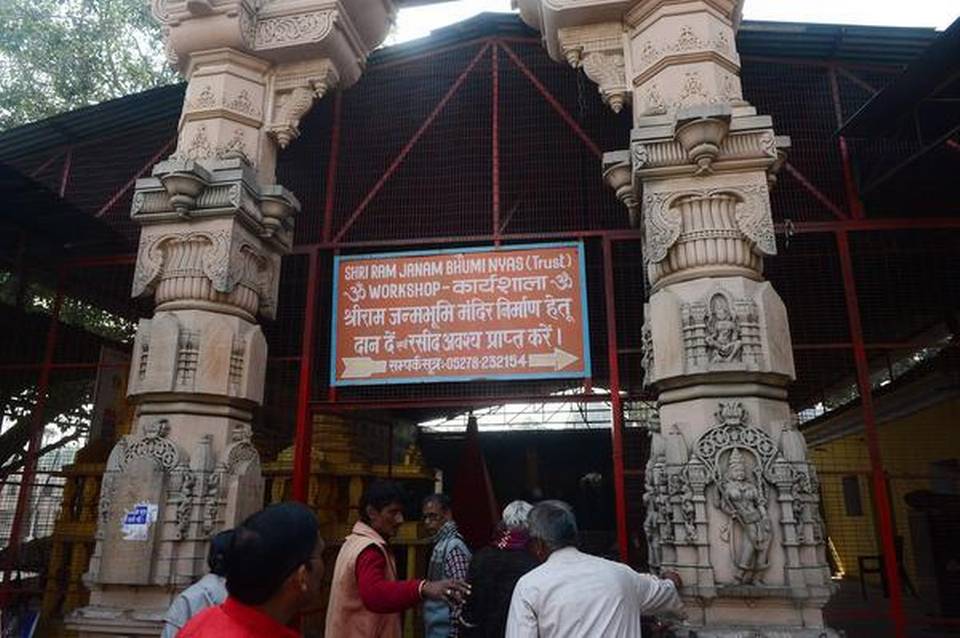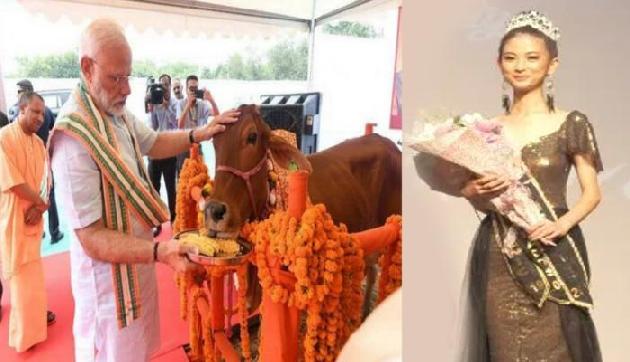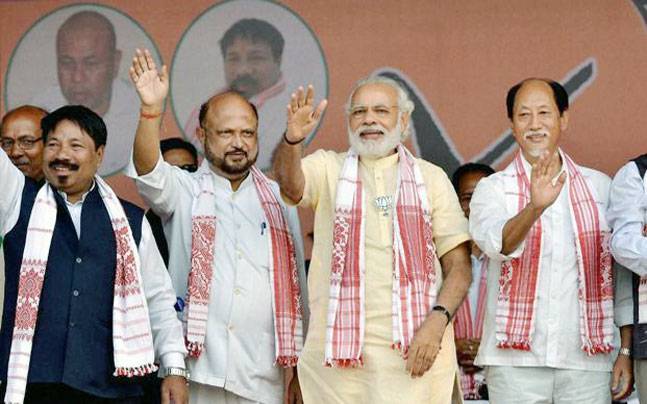- Targeting innocent civilians by Indian Army is an attempt to justify their false claims of targeting alleged camps. Injured civilians evacuated to District hospitals, the Pakistan Army official Twitter handle said
- It further added that the Indian Army shall always get ‘befitting response’ to ceasefire violations. ‘Pakistan Army shall protect innocent civilians along LOC & inflict unbearable cost to Indian Army’
- Heavy cross-border shelling was reported early on Sunday near Jammu and Kashmir’s Tanghar and Nowgam sectors. At least, two Indian soldiers and a civilian were killed
Soon after the Indian Army said that they have retaliated fiercely to Pakistan’s ceasefire violation in Jammu and Kashmir’s Tangdhar sector in Kupwara, the Pakistan Armed Forces spokesperson Major General Asif Ghafoor tweeted a jibe at the army and said, “Indian Army struggling to pick dead bodies and evacuate injured soldiers. Indian Army raising white flag. This they should think before initiating unprovoked CFVs and respect military norms by avoiding to target innocent civilians.”
The official Twitter handle of Pakistan Army’s spokesperson also alleged that it was Indian Army who violated the ceasefire and in the process “targetted civilians.” “9 Indian soldiers killed several injured. 2 Indian bunkers destroyed. During exchange of fire 1 soldier & 3 civilians shaheed, 2 soldiers & 5 civilians injured.”
In a series of tweets, the spokesperson further added, “Indian Army shall always get befitting response to CFVs. Pakistan Army shall protect innocent civilians along LOC & inflict unbearable cost to Indian Army. Indian lies to justify their false claims & preparations for a false flag operation will continue to be exposed with truth.”
According to latest reports, terrorist launch pads in Pakistan-occupied-Kashmir’s Jura, Athmuqam and Kundalsahi were targeted by Indian Army artillery guns on Saturday night after credible inputs came of significant number of terrorists operating there.
Heavy cross-border shelling was reported early on Sunday near Jammu and Kashmir’s Tanghar and Nowgam sectors. At least, two Indian soldiers and a civilian were killed as Pakistani troops violated the ceasefire in Tanghar sector of Jammu and Kashmir’s Kupwara district on Sunday, police said. Five Pakistani army men were killed in retaliatory firing by the Indian Army in Tangdhar sector along the Line of Control (LoC) in Jammu and Kashmir, official army sources confirmed on Sunday.
According to sources in the Indian Army, two Indian soldiers were killed in ceasefire violation, along the Line of Control in Tangdhar sector in Jammu and Kashmir when Pakistan Army was pushing infiltrators into Indian territory. Indian Army is retaliating strongly in the entire sector, the statement further said.
Indian Army confirmed that they launched attacks on terrorist camps situated inside Pakistan-occupied-Kashmir (PoK) opposite the Tanghar sector. This is in retaliation to the support provided by Pakistan Army to push terrorists into Indian territory, Indian Army spokesperson was quoted as saying on Sunday.
Indian army has used artillery guns to target the terrorist camps which have been actively trying to push terrorists into Indian territory, ANI reported. A 27-year-old woman was killed on Tuesday due to unprovoked mortar shelling from the Pakistani side. The number of ceasefire violations by Pakistan has seen a spike this year, The Indian Express reported. The months of July, August, and September saw more combined violations than in the same months in the last two years.
With inputs from agencies

